
Pine Barrens Series, #448 Irina Adam; 2024; 18” x 24” archival inkjet print on Hahnemuhle paper
Irina Adam’s “Pitch Pine Pollen,” A Transforming Forest
By David Strunk
Sign up for our monthly newsletter!
A rtist Irina Adam’s latest exhibit, “Pitch Pine Pollen” showcases the abstract beauty of the forest through scent and accompanying photos. She sat down with Plantings to discuss her latest piece, upbringing, and relationships between olfactory art and climate change.
Tell us about yourself and your work.
I’m a perfumer and multimedia artist. In May, my exhibition, ‘Pitch Pine Pollen: A Transforming Forest’ at Olfactory Art Keller explored how aromatic plant extracts can be mementos of places important to us. In this case, a secluded coastal area on the Long Island Pine Barrens.
I’ve been making things since I was a kid, and in college I earned a BFA in photography and studied botany as well. I got a job in ethnobotany when I moved to New York at the NY Botanical Garden, and I studied with herbalists. Along the way I started making perfumes. So I’ve always had my feet in both worlds, being an artist and also working with plants. I started making scent compositions about 15 years ago, just natural perfume with plants, because I loved the smell of plants.
I use perfume to tell creative stories about landscapes, or about interacting with an animal in the woods, or just really interesting combinations of plants. I believe you can get to know a landscape like a friend visiting season after season, year after year – cultivating a relationship.
Would you talk about your work in ethnobotany?
Ethnobotany is the study of how people use plants. I worked with an ethnobotanist who studied the use of plants by indigenous people in Micronesia, the Dominican Republic, and some other locations. I was a research assistant for several years and also taught classes. I did some research in the Dominican Republic, and wrote a book about a specific Micronesian island and its uses of plants.
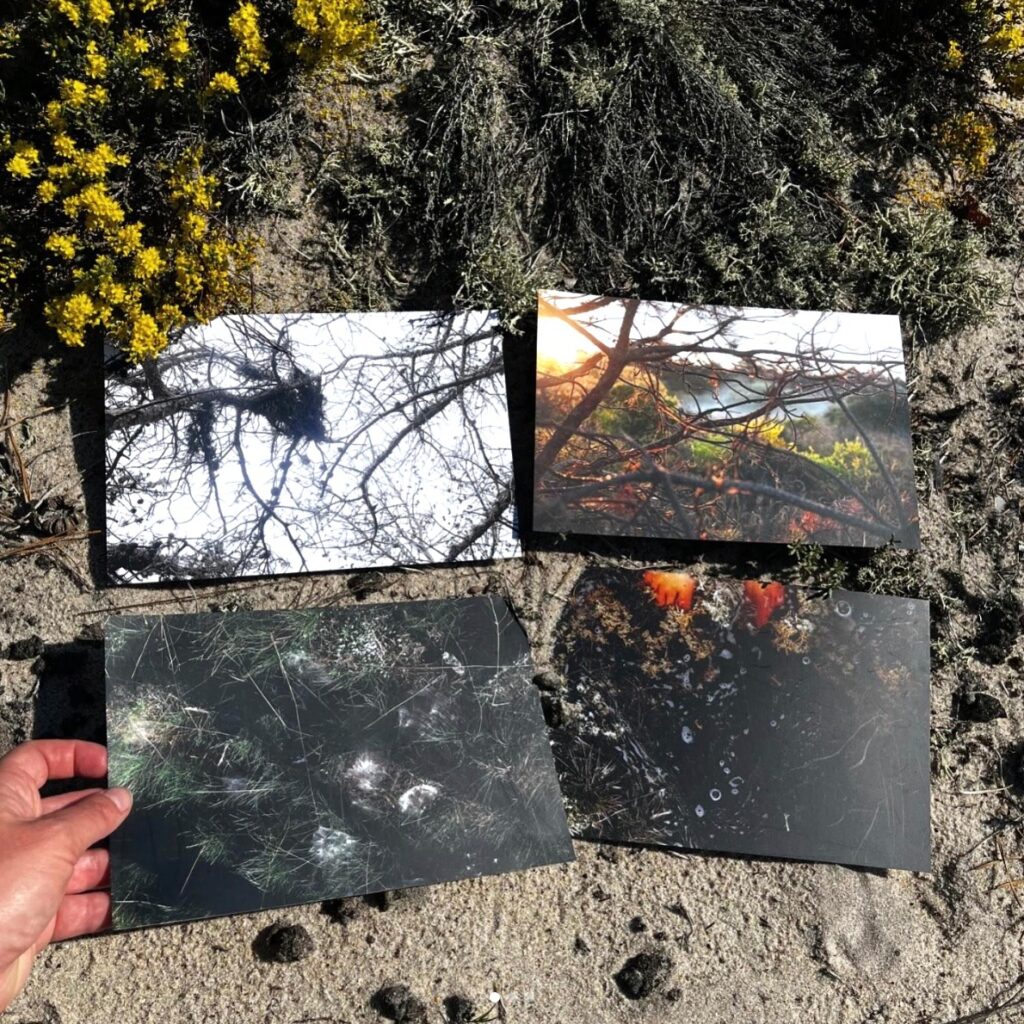
Photos by Irina Adam @arena_atom
So tell us about your exhibition “Pitch, Pine, Pollen” at Olfactory Art Keller and the forest behind it.
The perfume brings on the meditative feelings and memories I have of this particular forest. It has a warm and piney scent. While I don’t know what memories the smell might trigger for others, it holds special significance for me.
This forest is unusual due to its location in a sandy soil area between the ocean and the bay. The soil is poor, so not many plants grow there, resulting in a landscape dominated by pitch pines—very interesting-looking trees. There are also oaks, beach plums, junipers, and bogs where wild cranberries grow. The ground is covered with unique golden heather flowers, adding to the forest’s distinctiveness.
For New York State, this forest is unique and the most diverse. I first began photographing it because the pitch pines have fascinating shapes to their branches, and many are over 200 years old. The branches often catch fallen pine needles, creating shapes that resemble creatures floating in the treetops. Some people compare them to Spanish moss on the West Coast, which also forms intriguing shapes in the trees. When you look up, it sometimes seems like humans or animals are hanging around in the branches. Some shapes are recognizable, while others are abstract or star-like.
Walking through this forest is a meditative experience for me with the clean air and pine scent. Photographing it became another form of meditation, allowing me to engage with the unique forms created by the pine needles. I initially started photographing the forest because of its distinctive landscape, and it has continued to captivate me ever since.
Going way back here, are there any moments from your early life or childhood that you think have inspired the scents and images you capture?
As a kid, I grew up in Romania in a big city, but my parents would send my sister and me to a caretaker and grandmother in the Transylvanian forest in the summer. She would let me wander around the woods as long as I came back before dark. Being allowed to wander in the forest by myself as a small child built a trust in nature, giving me a feeling of safety in the woods. Even as a child, I started really enjoying walking in the forest.
When I was twelve, my family moved to Indiana, which was a difficult move for me, being an unplanned surprise and shock. I felt extremely homesick and just wanted to go back. The way I started to get comfortable living in Indiana was by finding a forest nearby that I could walk to. I found it very welcoming and realized that my home is the whole planet, not just a particular place. As a teenager, I experienced healing in the forest after experiencing displacement and trauma. Nature gave me a sense of belonging in the world, even when I was going through a tough time with family and society or feeling displaced.
That move encouraged me to find comfort in hiking and nature. I see nature and landscapes as more than a background. In general, wild places remind humans that we’re not alone. Sometimes, I felt like giving up on people and just going to the woods, where I could be myself around the trees. I also love animals and interacting with them- interspecies communication. The connection with nature and its inhabitants deeply influences the scents and images I capture.
Continuing with the idea of “my home is the whole planet” and feeling that sense of belonging in the woods, do you view your most recent piece as a record of the state of natural fragrances? Are you concerned that these smells might be disappearing due to climate change and other factors?
While the particular plants represented in the work aren’t endangered, there are some plants and animals in this forest that are. This forest is the first I’ve been photographing and working with artistically where I’ve witnessed such decimation. I’ve seen forests I love, and one day I go back, and half is cut down by some company, which is really sad. In this case, within a few months, most of the trees died because of beetles that can kill one tree in two or three months.
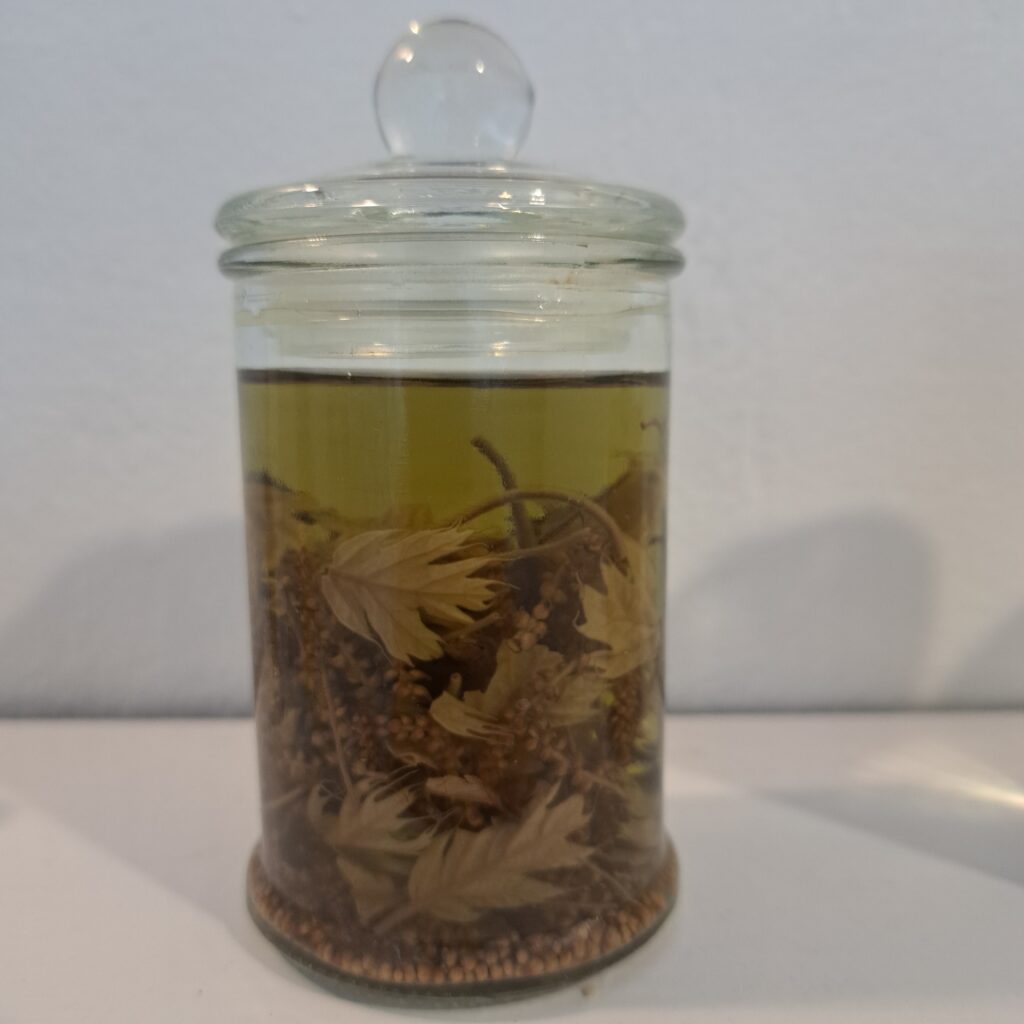
As you watch these landscapes disappear, do you think it impacts our collective memory? Do you believe that as future scents and ecosystems start to dissolve, it will create less of a connection with our Earth and our ancestors?
I think that as forests change and trees disappear, a lot of knowledge is lost—culturally, ecologically, and in many ways we may not even understand yet. For example, right now, I’m upstate, and there’s an invasion of gypsy moth caterpillars eating the leaves off the trees. Climate change is causing unpredictable shifts, and we just don’t know what’s going to happen.
The idea of losing scents and, consequently, collective memory is both sad and fascinating. When I first went into the Pine Barrens forest and it had no smell, it really drove home the reality that most of the pine trees were gone. Before, I had seen some destruction, but the absence of the familiar forest scent made me truly believe it. My friend, who lives out there, warned me that I wouldn’t see the same forest next summer. At first, I didn’t believe her, but she was right. This is the first time I’ve experienced a landscape disappearing right before my eyes.
It’s interesting to think about the impact on our collective memory. As these natural elements disappear, we lose not only biodiversity but also connections to our cultural and ecological heritage.
Does climate change affect the way you approach new projects or select projects? Is it playing a role in how you begin to create your art?
Not so far. I was already photographing this forest before it started changing, and this is the first time I’ve seen something like that personally. So no, I haven’t selected projects because of that.
However, I thought about the role of ‘witnessing’ during this project. I feel that the way nature heals is by letting us be who we are—witnessing us as we are. Witnessing can be healing for nature too, even if you cannot directly help, you are together, not abandoning.
Also, only by being there, watching, noticing, and recording, can you understand what’s going on. These climate-induced events are new and unscripted—you never know how a forest will change.
I thought about this while working on this project, particularly as I personally experienced significant health challenges during this time—I had Covid severely, and then Lyme disease thru last year while photographing this project. I felt very connected to what was happening with the forest being overtaken by many little bugs.
It really brought home how humans are not only destroying forests but also ourselves. I was living through it.
After this current project, and continuing with more olfactory art, what role do you think olfactory art, and other arts, have in conservation?
I don’t know what role olfactory art has in conservation. I think my work aims to evoke emotions or process feelings. The scent can evoke strong emotions and memories and incorporating it into artwork can help people connect more deeply with nature and conservation efforts.
Scent plays a role in conservation too by making people notice when plants or ingredients that they want are rare or not available, and why. Also, people get curious—they love learning about scent and smelling the natural ingredients of a perfume.
There’s that quote, “You will only care about what you know about, and you will protect what you care about.” I believe olfactory art might help people care more about conservation. When people experience scent as part of art installations, they engage their senses and a deeper connection is fostered.
Smells, especially those of plants, can be healing, like in aromatherapy or artistic perfumes. When you smell something, you’re taking in molecules that become a part of you, which is a fascinating concept. It’s a unifying experience, especially in urban environments where nature can feel distant.
In my opinion, nothing can transport one the way a scent can.
David Strunk is a dramatic writer based out of New York City by way of the Deep South. He works with World Sensorium Conservancy as a contributing editor and producer for WS/C Kids. You can reach him here.
Plantings
Issue 37 – July 2024
Also in this issue:
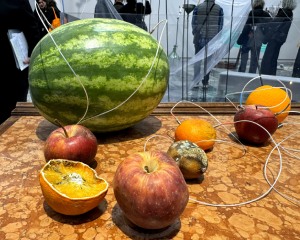
Yuko Mohri: Transforming Plant Fruit Decay into Melody and Meaning
By Gayil Nalls
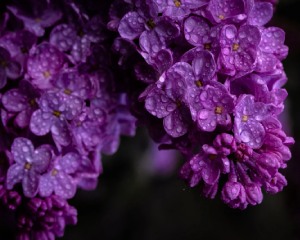
Fridays at Keller: Reflecting with Miriam Songster’s “Bloom Dates”
By David Strunk
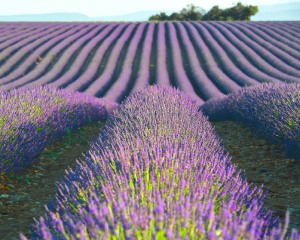
Fields of Color, Culture, and Calm
By Gayil Nalls
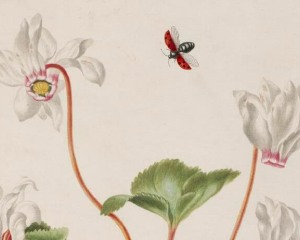
A 19th-century tale of hermaphrodite flowers, Charles Darwin, and women’s right to vote
By Rebecca Batley
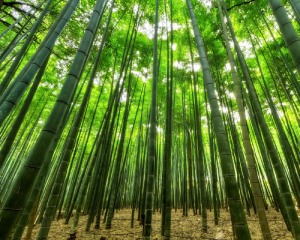
Ecologists Can’t Beat Invasive Species, So They’re Joining Them
By Lorraine Boissoneault
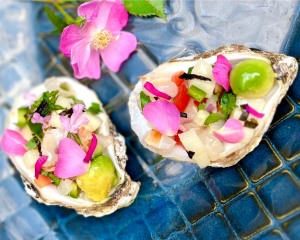
Eat More Plants Recipes:
Lychee Ceviche with Rose Petals
By Culinarian Mary Munro

As Ireland transitions from the rich, smoky scent of peat-burning to a more sustainable future, its olfactory heritage is evolving. What will become the next iconic aromatic symbol of Ireland?
Click to watch the documentary trailer.

